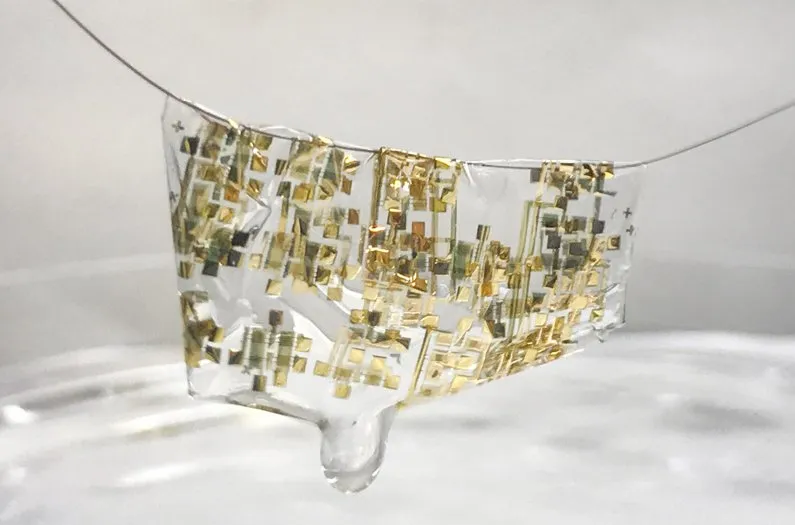Imagine microscopic sensors scattered through the air, quietly collecting data about temperature, movement, or even chemical composition—this is the reality of Smart Dust, a rapidly advancing technology that blurs the line between science fiction and innovation. Also known as microelectromechanical systems (MEMS), these tiny particles are essentially miniature computers with the ability to sense, process, and communicate information. Developed initially for military and industrial monitoring, smart dust is now being explored for a wide range of uses including agriculture, healthcare, and environmental science.
The power of smart dust lies in its invisibility and scale. In agriculture, these particles can be deployed across fields to monitor soil conditions, moisture levels, and pest activity in real time—improving yields while reducing waste. In healthcare, smart dust has the potential to be implanted in the human body to monitor internal organs, detect disease at early stages, or administer medication more precisely. Because these devices are wireless and can communicate autonomously, they could revolutionize how data is gathered in places that are too dangerous or remote for human access.
However, with such innovation comes ethical concerns. Privacy experts warn that without proper regulation, smart dust could be misused for mass surveillance or unauthorized data collection. As this technology advances, discussions on digital ethics, transparency, and data ownership will be essential. Still, if guided responsibly, smart dust could be a defining invention of the next tech frontier—small in size, but massive in impact.




